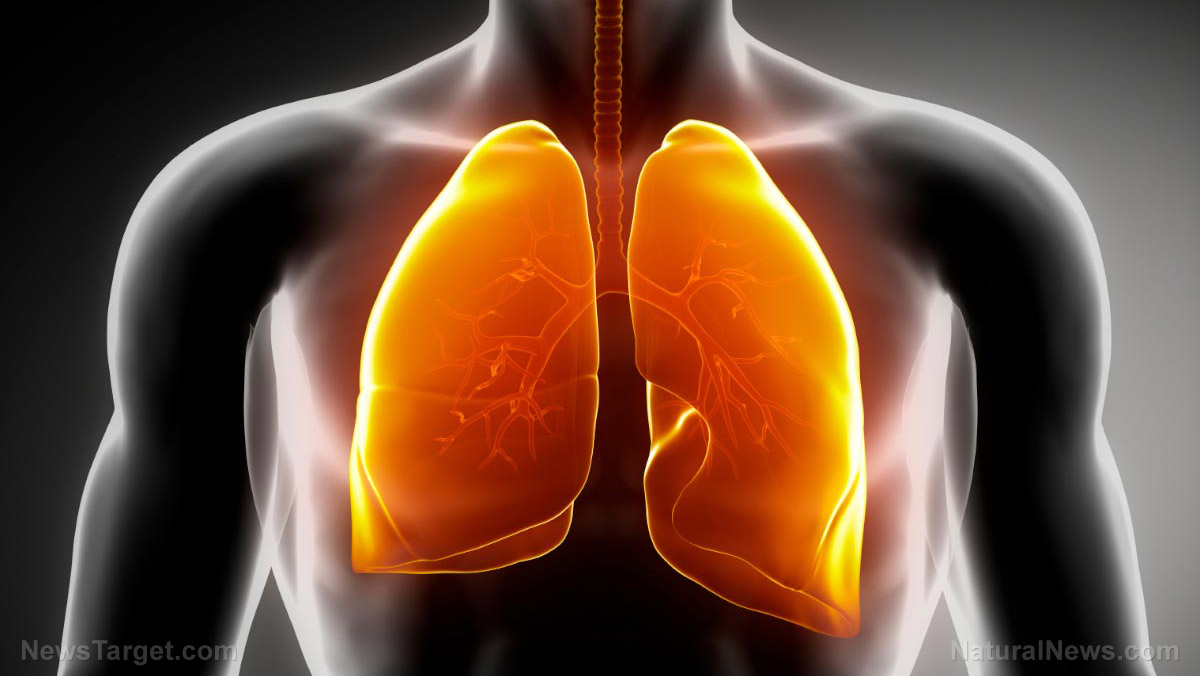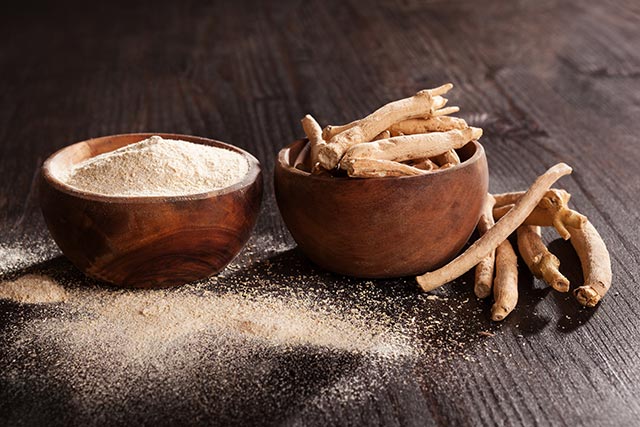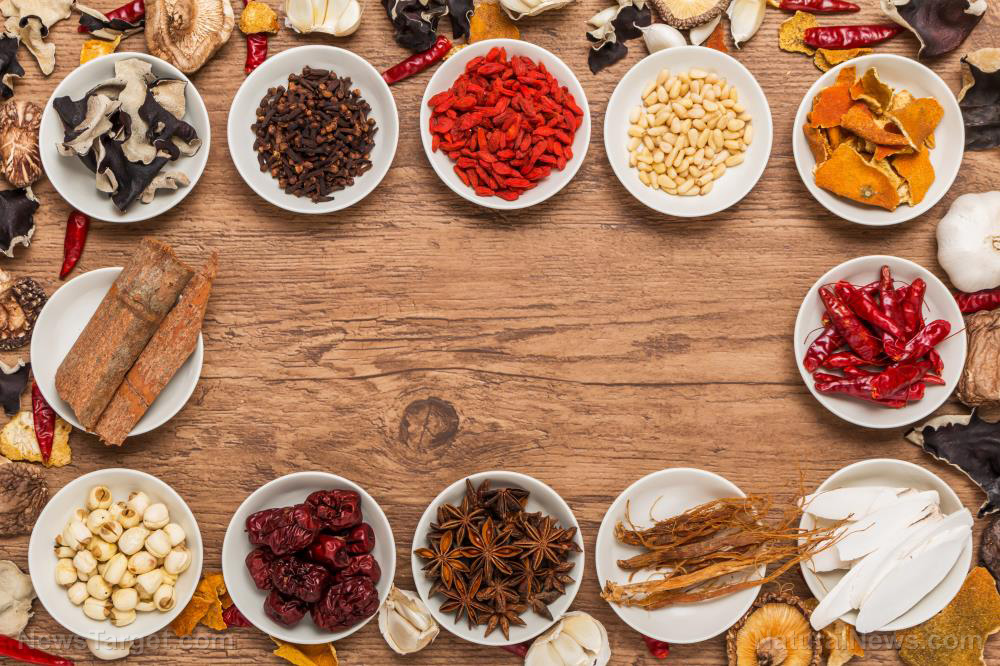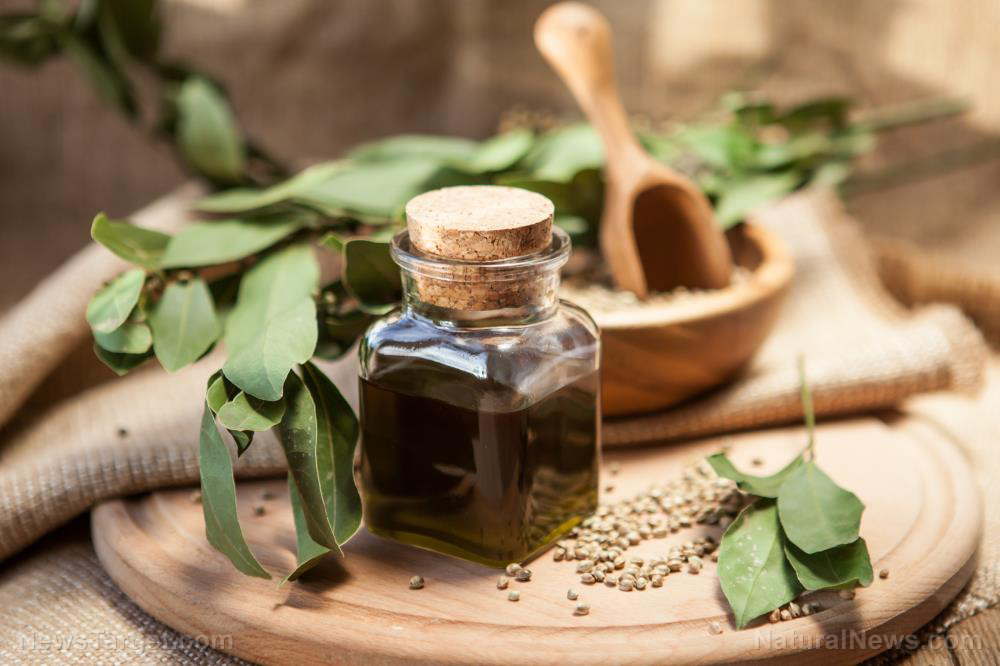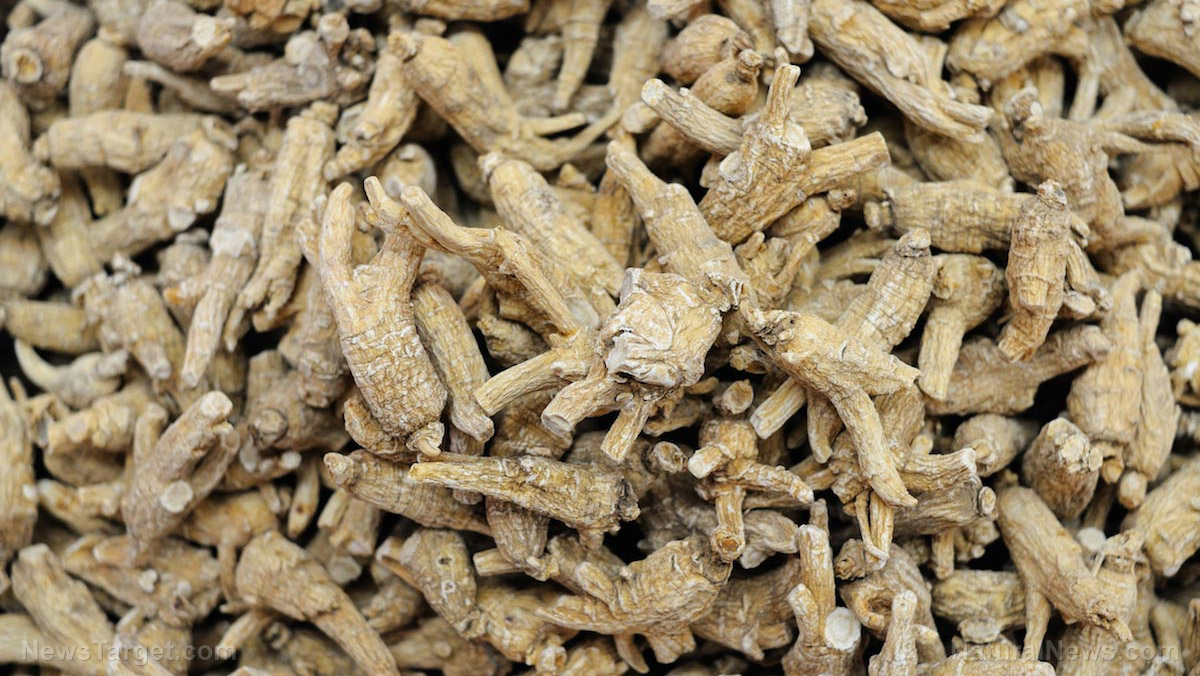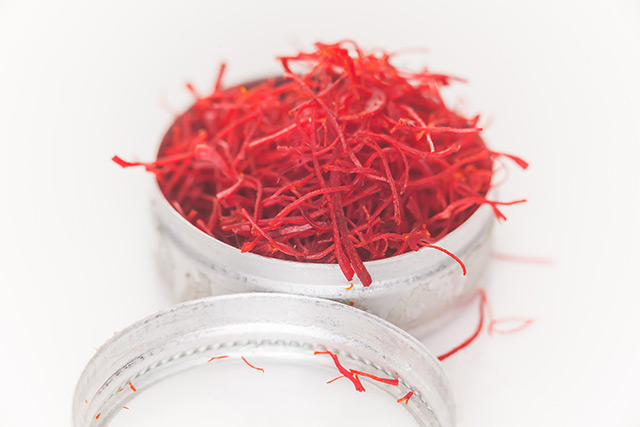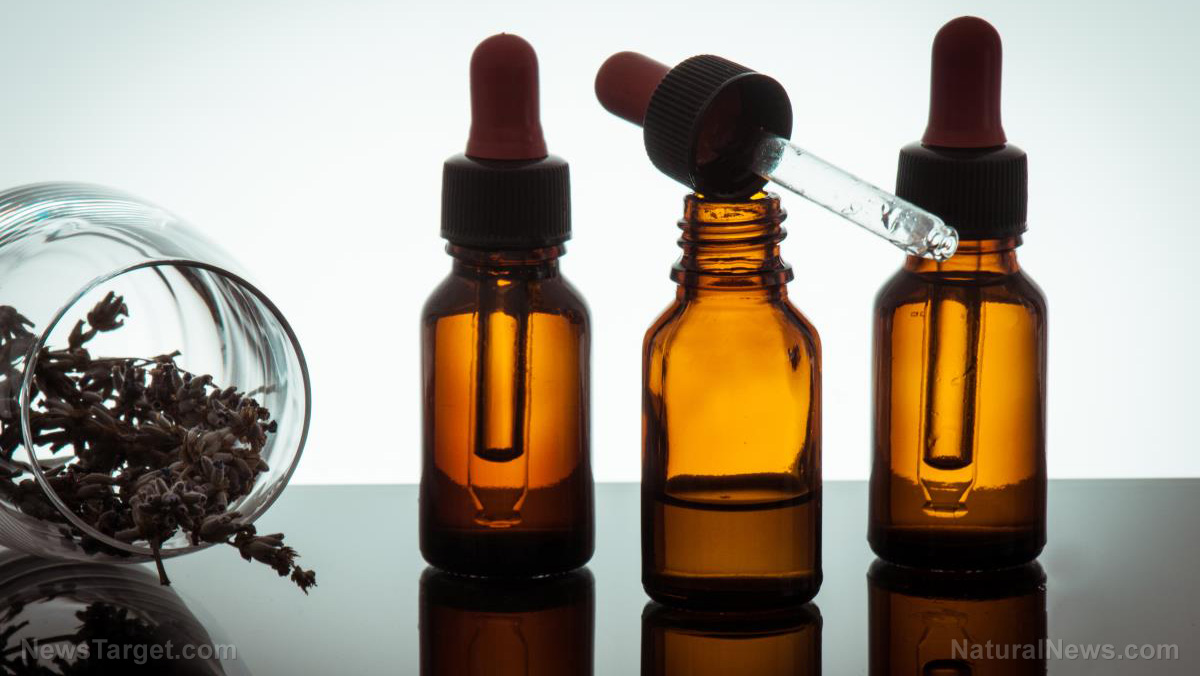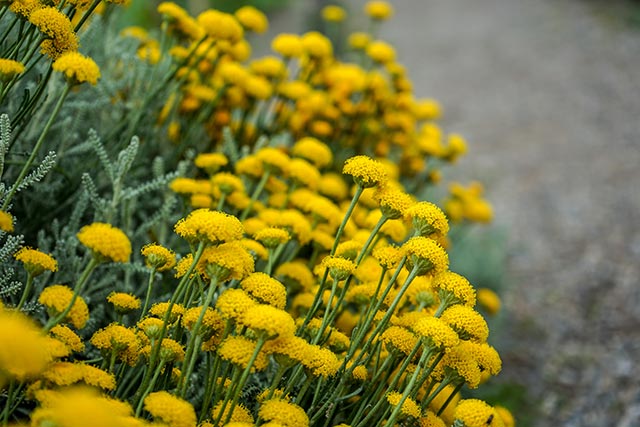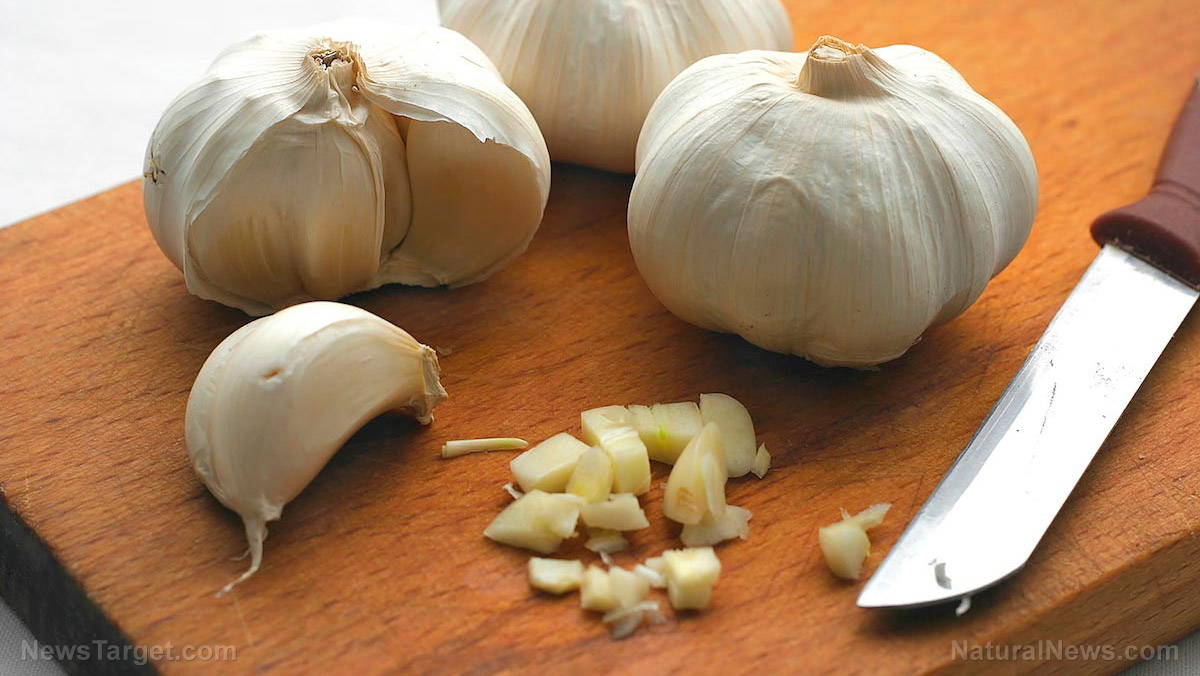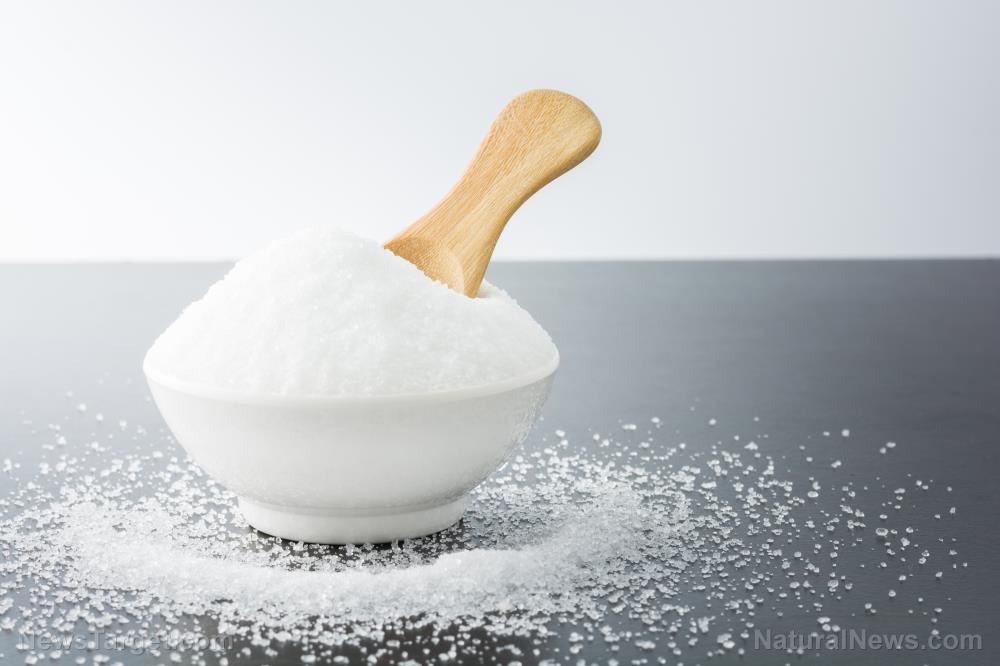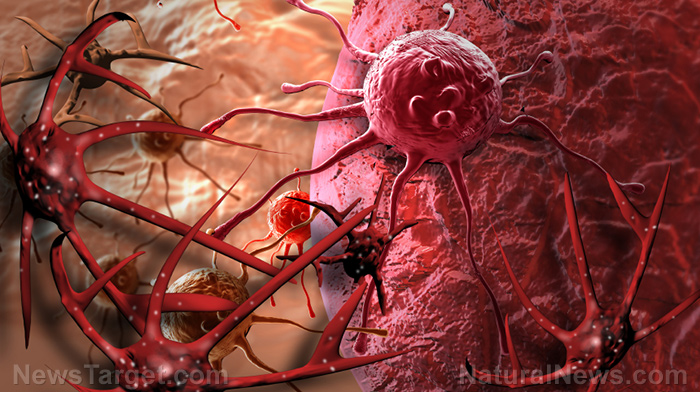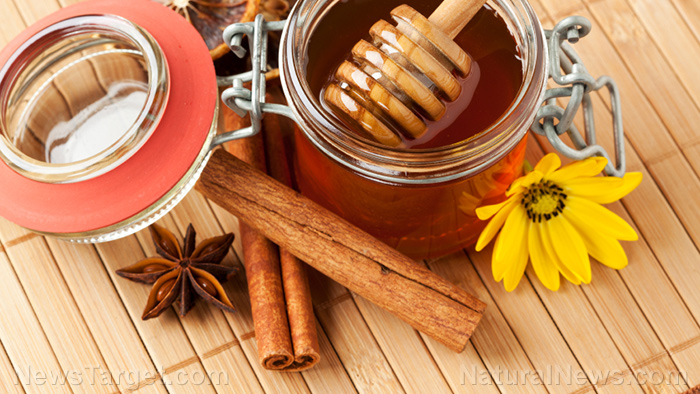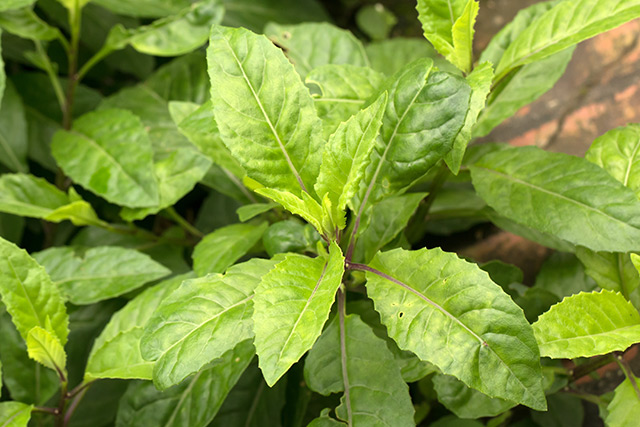Curcumin improves bone-growing capabilities of 3D-printed ceramic scaffolds
06/10/2018 / By RJ Jhonson
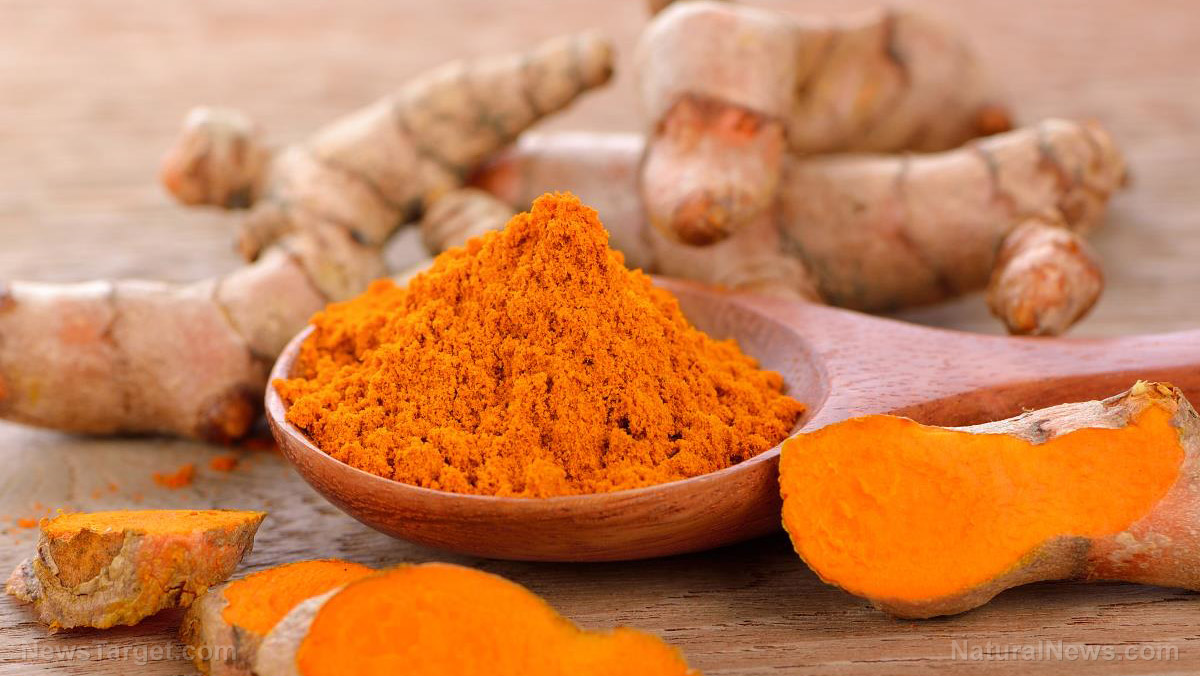
Researchers from Washington State University (WSU) have proven that it is possible to combine natural remedies with advanced biomedical devices, using curcumin to augment the ability of ceramic bone scaffolds to stimulate bone growth.
Susmita Bose, Herman and Brita Lindholm Endowed Chair Professor in WSU’s School of Mechanical and Materials Engineering, and her team coated 3D printed ceramic bone scaffolds with curcumin, a compound found in turmeric.
A bone scaffold is a biomedical tool that allows bone tissue to recover and regrow following disease or an injury. It contains tiny holes in its structure which stimulate and support growing cells. Although artificial, it is absorbed by the body and gradually dissipates as bone tissues regrow.
The researchers noted that after the application of curcumin, the bone-growing capabilities of ceramic bone scaffolds increased by 30 to 45 percent. Their observations also indicated higher numbers and quality of bone cells and blood vessels in surrounding tissues. The cells also recovered from injury faster.
The study’s findings offer hope to people in the U.S. who suffer from injuries, as well as those who have osteoporosis and other bone-related conditions.
In a lifetime, a person goes through continuous bone growth and remodeling. With age, the process declines and bone quality drops. This is what puts older people at a higher risk of falls and bone fractures.
Osteoporosis, characterized by the gradual loss of bone density, is one of the most common bone-related conditions afflicting the elderly. Figures from 2016 reveal that more than five percent of men and over 24 percent of women above 65 years have osteoporosis.
100% organic essential oil sets now available for your home and personal care, including Rosemary, Oregano, Eucalyptus, Tea Tree, Clary Sage and more, all 100% organic and laboratory tested for safety. A multitude of uses, from stress reduction to topical first aid. See the complete listing here, and help support this news site.
Drugs used to treat the condition slow down or cease the natural destruction of old bone. They may also stimulate the formation of new bone tissue. While these chemicals may improve bone density, they disrupt the natural bone cycle. Osteoporosis drugs may lead to poor bone quality as a result.
Bose and her team hope to find a natural solution that treats bone conditions like osteoporosis without disrupting the natural bone cycle.
One of the most significant challenges Bose and her team encountered in their study involved the administration of the curcumin. The compound is not absorbed all too well by the body and is metabolized far too quickly. As in the case of other organic compounds, the large size of its molecules impeded its efficient delivery.
“You have to use the right vehicle for delivery,” Bose explained. “We need to load and get it released in a controlled and sustained way. The chemistry of vehicle delivery is very important.”
The researchers needed a way to delay and control the release of the compound inside the body to maximize its benefits. Their solution: placing the curcumin inside a case made from water-loving polymer, which dissolved inside the body but effectively prevented the curcumin from getting metabolized prematurely.
A search for natural alternatives to chemical medication
The most common source for curcumin is the turmeric spice, which has been used as a natural remedy since the distant past. In many Asian countries, turmeric is valued for its antiseptic properties and is administered to cuts, burns, and other injuries. It is also used to treat inflammations and stomach discomfort, among other issues.
Bose’s team is looking into other natural ingredients for the treatment of bone disorders, as well as other health issues like inflammation, infection, and even cancer. The researchers are examining compounds from natural remedies like garlic, aloe vera, saffron, ginger, and oregano, among others.
The study and its findings were published in the journal Materials Today Chemistry.
Learn more about natural remedies from common health conditions at Remedies.news.
Sources include:
Tagged Under: bone decline, bone health, curcumin, discoveries, Herbs, medical science, natural cures, natural healing, natural ingredients, natural remedies, natural remedy, nutrients, nutrition, osteoporosis, phytonutrients, research, turmeric

